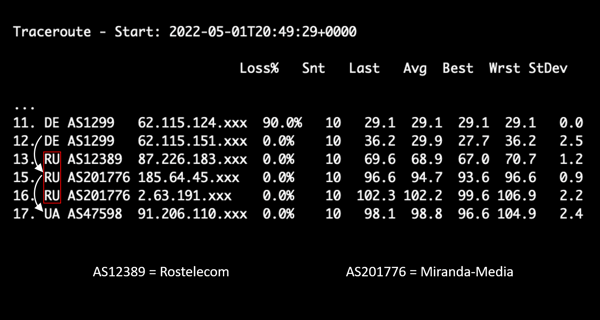September 14, 2010 • francisturner
Flash - you've been botted
1Min read
•
adobe,
Botnets,
Call Home,
data-loss prevention,
Specific Threats,
ThreatSTOP in use,
Zero-day


